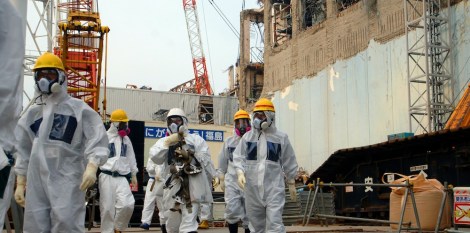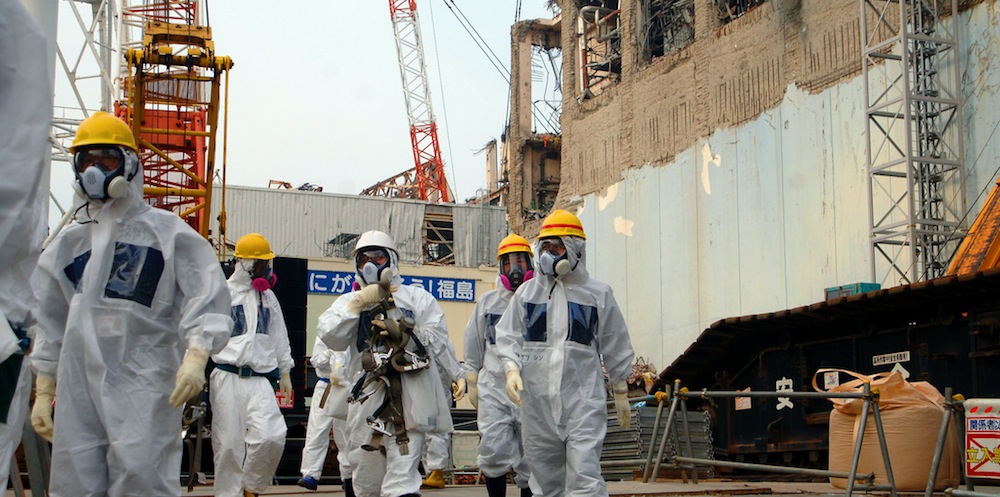
IAEAInternational inspectors visiting Fukushima in April.
Japan is, understandably, shifting away from nuclear energy in the wake of the disastrous 2011 meltdown at the Fukushima nuclear power station. Reuters reports: “Japan plans to start up 14 new gas and coal-fired power plants by the end of 2014, allowing a switch away from pricey oil, as Tokyo struggles with a shutdown of nuclear reactors and energy imports drive a record trade deficit.”
It makes sense that Japan would seek to diversify its energy portfolio after seeing the horrific consequences of a nuclear disaster. But the Reuters story reveals the frustrating limitations of the wider energy policy discussion.
The article declares, as if it were objective fact rather than ideological perspective, that “Expanding gas-fired generation is the only viable large-scale option in a nuclear-free Japan to power its industrial and commercial sector and keep electricity prices low enough for businesses to stay competitive globally.”
Really? Sure, that’s one approach for Japan to take. But another might be increasing energy efficiency, ramping up renewable energy sources, and reducing energy consumption in order to decrease demand.
Producing cheap energy by burning gas and coal doesn’t just save money for commercial and residential consumers. It shifts the cost by externalizing it, in the form of pollution. Reasonable people can differ on the right balance for any given society between cheap energy and a clean environment, but everyone should — at a minimum — acknowledge that such a tradeoff exists.
The Japanese experience is also instructive because of its implications for the American energy debate. Conservatives and Republicans are fond of arguing that nuclear energy production is the superior clean energy alternative to renewables. (See here, here and here.) But, as Fukushima demonstrated, this is true until it isn’t.
If the U.S. were to mimic Japan and ramp up its nuclear energy production, it might find itself back where it started, as Japan now does. That’s why there are only two solutions that are sustainable in the long term: conservation and renewable energy investment.



